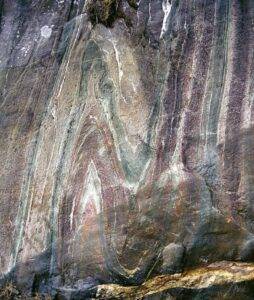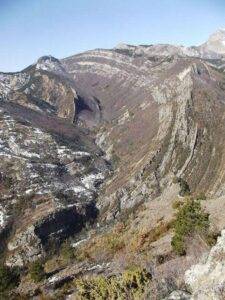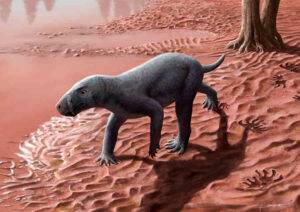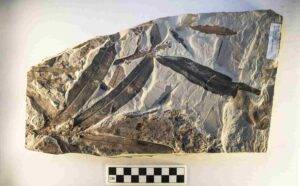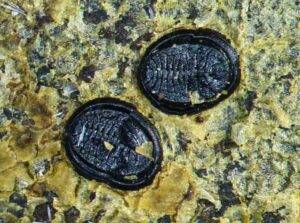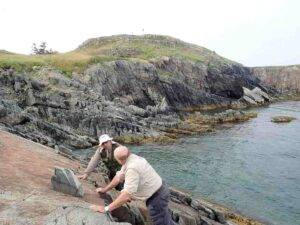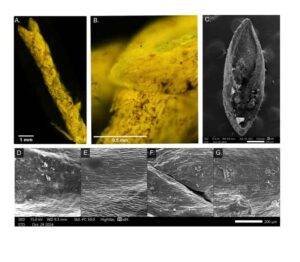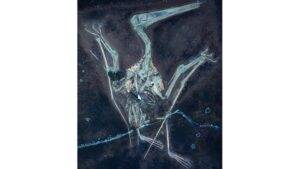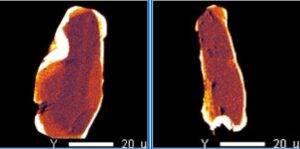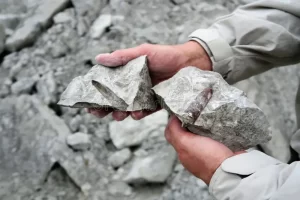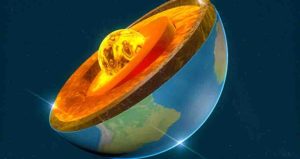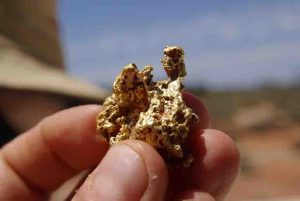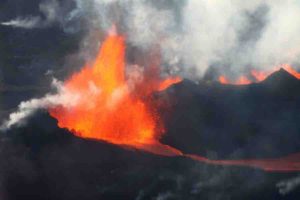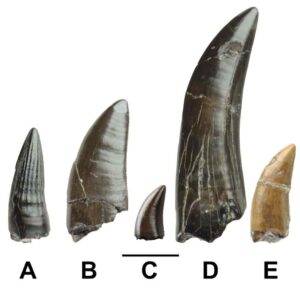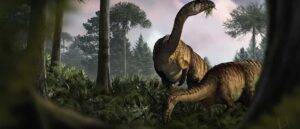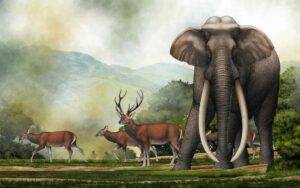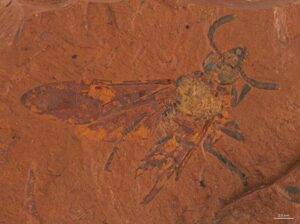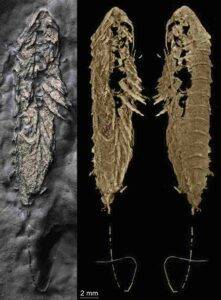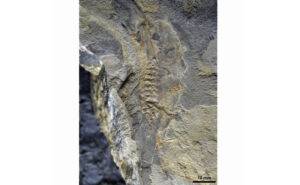
The magnitude 7.9 Bonin Islands earthquake sequence, which ruptured deep within the earth near the base of the upper mantle, did not include an aftershock that extended to record depths into the lower mantle, according to a study in The Seismic Record.
When Hao Zhang of the University of Southern California and colleagues re-examined the aftershock sequence of the May 2015 earthquake, they did not find evidence for a 751-kilometer-deep aftershock as reported by previous researchers. This aftershock has been called the deepest earthquake ever recorded.
Instead, their study found a distribution of aftershocks that is compatible with a 12-kilometer sliver of a mantle mineral called olivine that could shed light on how deep earthquakes can occur.
The Bonin Islands earthquake, which ruptured 1000 kilometers offshore of Japan in a remote part of the Pacific Ocean, is one of the deepest and largest earthquakes ever recorded. The earthquake took place within the Izu-Bonin subduction zone 680 kilometers below the Earth’s surface.
The mechanisms behind deep earthquakes — those occurring 500 kilometers or deeper — are something of a mystery to seismologists. Extremely high pressures and temperatures at these depths make rock more likely to bend or deform plastically, rather than break in the brittle fashion that causes earthquake rupture at shallower depths.
These earthquakes also typically produce few aftershocks, Zhang noted, which could provide useful data to understand how these deep events are generated at subduction zones.
Plastic deformation “limits the formation of extensive fracture networks that would typically generate aftershocks,” he said. “Additionally, the high confining pressures promote efficient redistribution of stress following the mainshock, further reducing the likelihood of subsequent seismic events.”
One previous study of the Bonin Islands earthquake reported a foreshock sequence for the event, while a second study detected a potentially record-breaking deep aftershock in the lower mantle.
“Both findings could significantly advance our understanding of deep earthquakes, if accurate,” said Zhang. “However, these two catalogs are inconsistent, and both have methodological limitations. Therefore, it is essential to re-examine the aftershock sequence using improved techniques.”
To gain a better look at the deep and remote earthquake, Zhang and colleagues turned to data collected by a dense seismic array in Japan called Hi-Net, using a combination of techniques to precisely locate seismic signals coming from the event.
Their new analysis detected no foreshocks but identified 14 aftershocks in the upper mantle within a 150-kilometer radius of the earthquake’s hypocenter. One set of aftershocks aligned with the rupture plane of the earthquake one week after the mainshock, with a second set dispersing over a wider area during the second week.
“While it remains challenging to definitely reject the existence of seismicity initiated in the lower mantle and its associated mechanisms, our results do reject the most compelling lower mantle seismicity claim to date,” the researchers write in their paper.
The aftershock pattern is compatible with the presence of a metastable olivine wedge or MOW, the researchers suggested. In a subducting slab, olivine can delay its transition into other mineral states under high temperature and pressure. “This delayed transformation may generate stress and release energy, potentially triggering deep earthquakes,” Zhang said.
With MOWs as potential earthquake nucleation sites, some researchers have proposed this mechanism of transformational faulting as one of the main ways that deep earthquakes occur, he added.
“Furthermore, MOWs offer insights into the thermal structure and behavior of subducting slabs, with colder slabs being more likely to preserve metastable olivine at greater depths,” Zhang added. “By studying MOWs, we can refine models of deep earthquake generation and improve our understanding of the dynamic processes in Earth’s interior.”
Reference:
Hao Zhang, John E. Vidale, Wei Wang. Aftershocks on the Planar Rupture Surface of the Deep-Focus Mw 7.9 Bonin Islands Earthquake. The Seismic Record, 2025; 5 (1): 35 DOI: 10.1785/0320240035
Note: The above post is reprinted from materials provided by Seismological Society of America.


